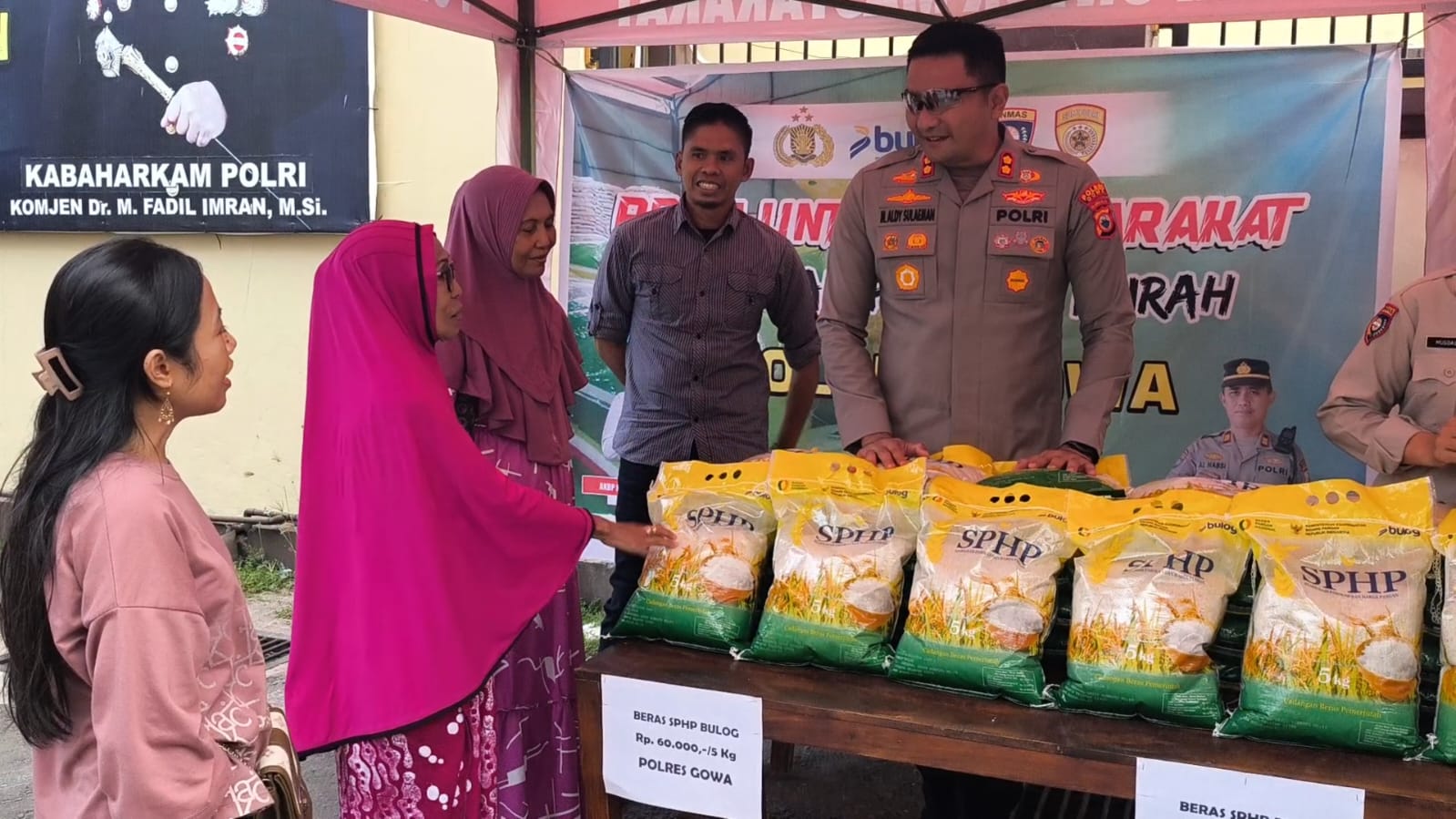Implementing micro-targeted campaigns for hyper-niche audiences demands a precise, technically sophisticated approach that moves beyond broad segmentation. While Tier 2 introduced foundational strategies, this deep dive explores concrete, actionable methods—from advanced data collection to granular creative customization—that enable marketers to reach, engage, and convert the most specific audience segments with optimal efficiency. We will dissect each step with detailed frameworks, real-world examples, and troubleshooting tips, equipping you with the expert-level insights needed for mastery.
1. Identifying and Defining Hyper-Niche Segments within Your Audience
a) Analyzing Data to Discover Micro-Interest Clusters
Begin with robust data analysis leveraging both qualitative and quantitative sources. Use cluster analysis algorithms like K-means or hierarchical clustering on customer behavioral data—purchase history, browsing patterns, engagement metrics—to identify emergent micro-interest groups. For example, in a fitness context, data might reveal a subset of urban dwellers intensely interested in bodyweight training using eco-friendly equipment.
To operationalize this:
- Aggregate data from CRM, website analytics, and social media platforms.
- Normalize data points to ensure comparability.
- Apply clustering algorithms via tools like Python (scikit-learn) or R to segment into micro-interest groups.
- Validate clusters by cross-referencing with qualitative feedback or surveys.
b) Segmenting Audiences Based on Behavioral and Demographic Indicators
Combine behavioral signals—frequency of purchases, content engagement, device usage—with demographic data such as age, location, and lifestyle indicators. Use multidimensional segmentation models like RFM (Recency, Frequency, Monetary) combined with psychographic profiling. For instance, identify urban vegan paleo enthusiasts aged 25-35 who frequently purchase plant-based meal kits and follow paleo influencers.
Actionable step:
- Collect multidimensional data points via integrated analytics platforms.
- Apply scoring models to assign segment labels based on combined behavioral and demographic data.
- Create detailed segment profiles to inform messaging.
c) Creating Detailed Audience Personas for Micro-Targeting
Transform your segmented data into hyper-detailed personas that encapsulate motivations, pain points, content preferences, and cultural nuances. Use tools like persona templates integrated with data insights, adding layers such as:
- Values and beliefs: e.g., environmental sustainability, health-consciousness.
- Language nuances: e.g., technical jargon vs. casual tone.
- Local references: e.g., regional slang or cultural symbols.
Example: For vegan paleo urban enthusiasts, craft a persona like “Eco-Conscious Urban Forager,” emphasizing local farmer markets, minimalist aesthetics, and health-focused language.
d) Case Study: Segmenting a Fitness Audience for a Local Gym Campaign
A local gym used detailed data analysis to identify a micro-interest segment: young professionals interested in high-intensity interval training (HIIT) with eco-friendly gear. By analyzing check-in data, class attendance, and social media engagement, they segmented this group from broader fitness audiences.
They then created personas emphasizing their eco-conscious values, preferred workout times (early mornings), and language style (motivational, results-driven). This allowed tailored messaging, such as:
“Kickstart your mornings with eco-friendly HIIT sessions designed for busy urban professionals who care about your planet and your health.”
2. Developing Precise Messaging Strategies for Tiny Audience Segments
a) Crafting Tailored Value Propositions for Specific Micro-Interest Groups
Your value proposition must address the core motivations and pain points of the micro-segment. For vegan paleo urban enthusiasts, emphasize benefits like:
- Convenience: “Quick, plant-based paleo meal kits for busy city dwellers.”
- Health: “Support your fitness goals with nutrient-dense, clean ingredients.”
- Values: “Align with your eco-conscious lifestyle—locally sourced, sustainable packaging.”
Actionable tip: Use benefit-driven language and test different value propositions via small-scale ads or landing pages before scaling.
b) Language and Tone Adjustments for Niche Audiences
Match tone and language to your micro-segment’s preferences. For tech-savvy seniors, adopt a respectful, informative tone; for eco-enthusiasts, use energetic, values-based language. Techniques include:
- Lexical choices: Use jargon or slang relevant to the niche.
- Sentence structure: Short, punchy sentences for busy professionals; more detailed explanations for cautious segments.
- Visual cues: Incorporate icons or local symbols that resonate culturally.
c) Using Cultural and Local References to Enhance Relevance
Embed references that evoke familiarity and trust. For instance, include local landmarks or regional idioms in messaging, which boosts authenticity. Example: For a campaign targeting New York vegan paleo enthusiasts, highlight “From Brooklyn farms to your urban kitchen.”
Tip: Test variations with and without local references to measure impact on engagement rates.
d) Practical Example: Messaging for Vegan Paleo Enthusiasts in Urban Areas
Sample headline: “Urban Vegan Paleo: Nourish Your Body with Local, Sustainable Ingredients”
Supporting copy: “Discover our curated meal plans designed for busy city dwellers committed to health and environmental responsibility. Delivered fresh from local farms to your doorstep.”
3. Advanced Data Collection Techniques for Micro-Targeting
a) Leveraging First-Party Data and Customer Interactions
Maximize existing customer data by implementing event tracking on your website and app. Use tools like Google Tag Manager (GTM) to deploy custom event snippets that capture micro-interactions such as:
- Button clicks on specific product categories.
- Time spent on niche content pages.
- Form submissions for micro-segment sign-ups.
Example: Set up a GTM tag to fire when a user clicks “Discover Vegan Paleo Recipes,” capturing intent signals for this micro-interest.
b) Utilizing Third-Party Data Sources for Niche Insights
Use specialized data providers like Lotame or Oracle Data Cloud to access niche audience segments. For example, target users identified as “urban health-conscious vegans” based on third-party behavioral profiles, enriched with psychographic data.
Tip: Always verify third-party data accuracy through small A/B tests before large-scale deployment.
c) Implementing Behavioral Tracking (Cookies, Pixels, App Analytics)
Deploy tracking pixels across your digital assets to monitor micro-interactions. Examples include Facebook Pixel, Google Analytics, and specialized SDKs for mobile apps. Set up custom events for key behaviors such as:
- Video views on niche tutorials.
- Product page visits for specific micro-interest products.
- Cart abandonments for targeted retargeting.
Practical implementation: Use Google Tag Manager to create custom event triggers that fire when a user spends over 30 seconds on a vegan paleo meal plan page, signaling high interest.
d) Step-by-Step Guide: Setting Up Event-Based Tracking for Micro-Interest Engagement
| Step | Action |
|---|---|
| 1 | Identify micro-interest pages or actions (e.g., “Vegan Paleo Recipes”) on your platform. |
| 2 | Create custom event tags in Google Tag Manager for these actions. |
| 3 | Configure triggers to fire when users perform these actions. |
| 4 | Test event firing using GTM preview mode and real user simulation. |
| 5 | Link event data with your ad platform audiences for micro-segment targeting. |
4. Customizing Campaign Creative and Content at a Granular Level
a) Designing Dynamic Content that Adapts to Micro-Segment Preferences
Utilize dynamic content tools within platforms like Facebook, Google Ads, or personalized email platforms. Create templates with placeholders for:
- Micro-interest keywords: e.g., “urban vegan paleo”
- Local references: e.g., “Brooklyn-based”
- User-specific data: name, recent interactions
Example: An email subject line dynamically personalized: “[FirstName], Your Vegan Paleo Meal Plan Awaits in Downtown NYC”.
b) Using A/B Testing to Optimize Micro-Targeted Creative Assets
Set up controlled experiments comparing variations of headlines, images, and calls-to-action (CTA). Focus on micro-interest relevance:
- Test 1: “Eco-Friendly Vegan Paleo Meals for Your Busy City Life”
- Test 2: “Healthy, Local, and Sustainable: Paleo Vegan Recipes Near You”
Track CTR, conversions, and engagement metrics to identify the highest-performing creative.
c) Incorporating User-Generated Content to Increase Authenticity
Leverage testimonials, reviews, and photos from micro-segment users. For instance, showcase local success stories or authentic meal photos shared via social media. This builds trust and aligns with the niche’s desire for authenticity.























